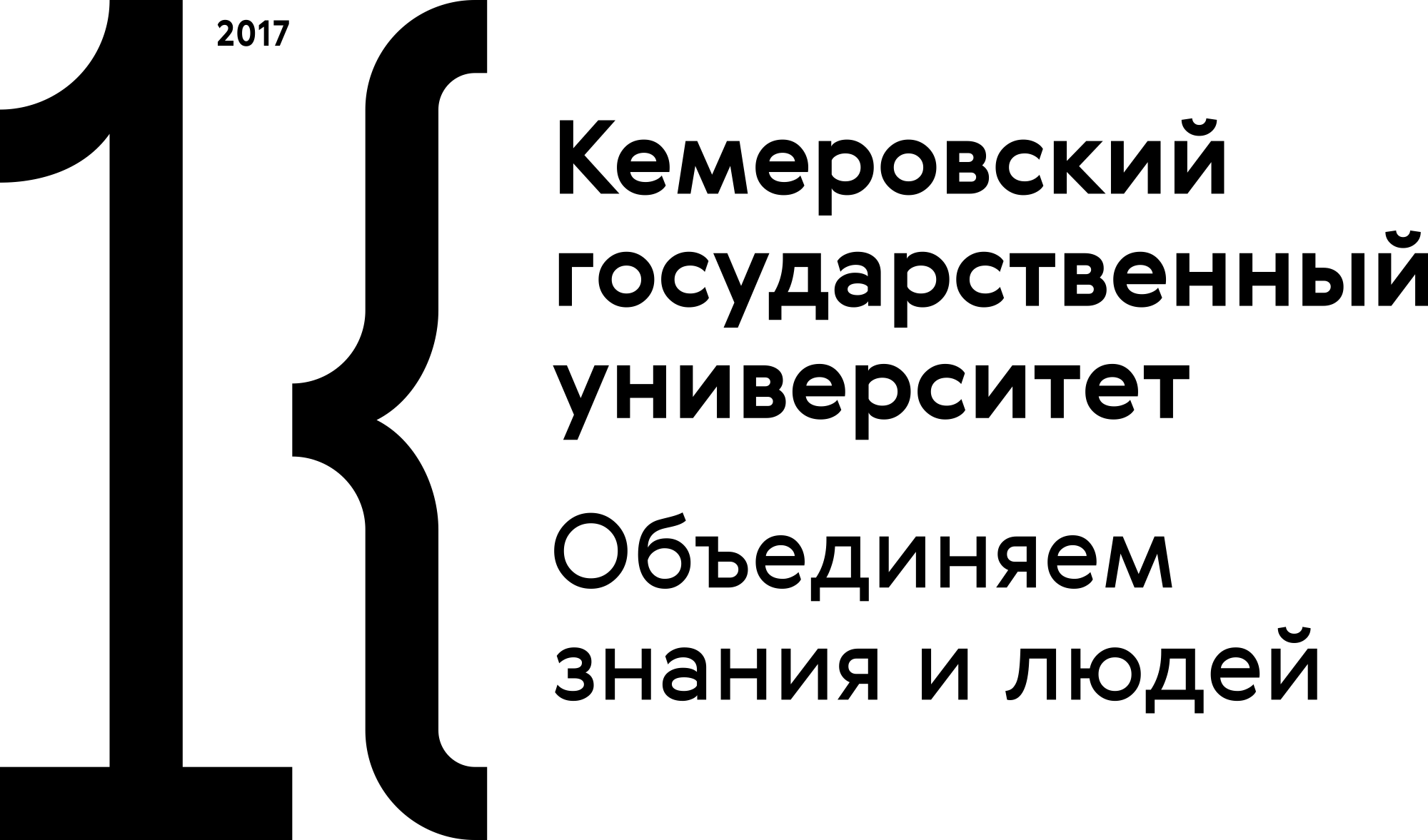Kemerovo, Russian Federation
Kemerovo, Russian Federation
UDC 33
This review article introduces a comparative analysis of the standard of living in the Kemerovo region aka Kuzbass in 2005–2019. The research objective was to identify the reasons behind the decline in the living standards and the growing negative migration. Considering that Kuzbass is a coal region, the analysis was performed in the context of resource economy. It featured Russian and foreign studies on the theory of living standards and welfare, resource economy, and fair economy. The authors defined the concept of the standard of living as elements of human existence that depend on the socio-economic development of society and one's personal income. The standard of living in the Kemerovo region, which has enormous natural resources, is deteriorating from year to year, despite its increasing coal production and GRP. Most indicators appeared to be lower than Russia's average; in fact, the gap may reach 50–60 %. Poor living standards are an urgent problem for many resource regions. Regional strategies and programs seem unable to improve the situation, which requires state decisions to change the mechanisms of distribution of the gross regional product in favor of resource regions. By changing tax and budget legislation, the state should redirect financial flows from big resource companies to local problem areas.
quality of life, welfare, cost of living, freedom of choice, income, expenses, consumption, socio-economic development, social institutions of the economy, gross regional product, resource curse
1. Poduzov A. A. The standard of living concept: an essay on current perceptions. Problemy Prognozirovaniya, 2008, (6): 69-84. (In Russ.)
2. Poduzov A. A. The philosophy of the standard of living. An essay on current ideas. Nauchnye trudy: Institut narodnokhoziaistvennogo prognozirovaniia RAN. Moscow: MAKS Press, 2008, vol. 6, 72-95. (In Russ.)
3. Bobkov V. N. Academic school of All-Russian life level center studying and evaluating quality and level of population life. Proceedings of Vo-ronezh State University. Series: Economics and Management, 2009, (2): 26-36. (In Russ.)
4. Social statistics, ed. Eliseeva I. I., 3rd ed. Moscow: Finansy i statistika, 2003, 480. (In Russ.)
5. Rayzberg B. A., Lozovsky L. Sh., Starodubtseva E. B. Modern economic dictionary, 2th ed. Moscow: INFRA-M, 1999, 479. Available at: http://enbv.narod.ru/text/Econom/ses/str/0609.html (accessed 12 May 2021). (In Russ.)
6. Income policy and quality of life of the population, ed. Gorelov N. A. St. Petersburg: Piter, 2003, 653. (In Russ.)
7. Khisamutdinov I. A. Standard of living and methods of its assessment. Fundamentals of Economics and market theory. Available at: http://uchebnik-online.com/123/107.html (accessed 12 Apr 2021). (In Russ.)
8. Dendak G. M. Standards of living and quality of life of the population in Russia: regional aspect. Politika, ekonomika i innovatsii, 2016, (5). Available at: http://pei-journal.ru/index.php/PEII/article/view/147 (accessed 20 Jul 2021). (In Russ.)
9. Menshikova M. A., Kopteva K. V. Theoretical and methodological approaches to assessing the level and quality of life of the population. Vestnik Kurskoj gosudarstvennoj sel'skoxozyajstvennoj akademii, 2012, (6): 5-7. (In Russ.)
10. Morozova E. A. Living standards as indicator of socio-economic development of single-industry towns. Vestnik Kemerovskogo gosudarstven-nogo universiteta. Seriia: Politicheskie, sotsiologicheskie i ekonomicheskie nauki, 2018, (3): 35-41. (In Russ.) https://doi.org/10.21603/2500-3372-2018-3-35-41
11. Morozova E. A., Pastukhova E. Ya., Proshkin B. G., Mukhacheva A. V. Quality of life: theory and practice of sociological study. Kemerovo: KemGU, 2011, 261. (In Russ.)
12. Mishra S., Nathan H. S. K. Measuring Human Development Index: the old, the new and the elegant. Mumbai Working Papers. Mumbai: Indira Gandhi Institute of Development Research, 2013, 33.
13. Kurbatova M. V., Kislitsyn D. V. The problem of typologization of resource-type regions. Institutional Transformation of the Economy: Re-sources and Institutions (ITERI-2019): Proc. VI Intern. Sci. Conf., Krasnoyarsk, 9-12 Oct 2019. Krasnoyarsk: SFU, 2019, 67-68. (In Russ.)
14. Kurbatova M. V., Levin S. N., Kagan E. S., Kislitsyn D. V. Resource-type regios in Russia: definition and classification. Terra Economicus, 2019, 17(3): 89-106. (In Russ.) https://doi.org/10.23683/2073-6606-2019-17-3-89-106
15. Levin S. N., Kislitsyn D. V., Surtseva A. A. Institucional organization of resource-type regions in Russia: general description and structural shift in the economy. Journal of Institutional Studies, 2019, 11(4): 61-76. (In Russ.) https://doi.org/10.17835/2076- 6297.2019.11.4.061-076
16. Levin S. N., Kagan E. S., Sablin K. S. "Resource type" regions in the modern Russian economy. Journal of Institutional Studies, 2015, 7(3): 92-101. (In Russ.) https://doi.org/10.17835/2076-6297.2015.7.3.092-101
17. Guriev S. M., Sonin K. I. Economics of the resource curse. Voprosy Ekonomiki, 2008, (4): 61-74. (In Russ.) https://doi.org/10.32609/0042-8736-2008-4-61-74
18. Maltsev A. A. The characteristics of "Dutch disease of de-industrialization" evidence in modern Russian and foreign practices. Journal of Modern Competition, 2008, (4): 116-129. (In Russ.)
19. Resource regions of Russia in the "new reality", ed. Kuleshov V. V. Novosibirsk: Izd-vo IEOPP SO RAN, 2017, 308. (In Russ.)
20. Ploeg F. van der. Natural resources: curse or blessing? Journal of Economic Literature, 2011, 49(2): 366-420. https://doi.org/10.1257/jel.49.2.366
21. Papyrakis E., Raveh O. An empirical analysis of a regional Dutch disease: the case of Canada. Environmental and Resource Economics, 2014, 58(2): 179-198. https://doi.org/10.1007/s10640-013-9698-z
22. Ross M. L. What have we learned about the resource curse? Annual Review of Political Science, 2015, 18: 239-259. https://doi.org/10.1146/annurev-polisci-052213-040359
23. Stiglitz J. E. Globalization and its discontents. N. Y.: W. W. Norton & Company, 2003, 304.
24. Venables A. J. Using natural resources for development: why has it proven so difficult? Journal of Economic Perspectives, 2016, 30(1): 161-184. https://doi.org/10.1257/jep.30.1.161
25. Mescheryakov D. A., Tcharahchan K. K. The modern market economy institutions system structure. Proceedings of Voronezh State University. Series: Economics and Management, 2005, (2): 42-48. (In Russ.)

















